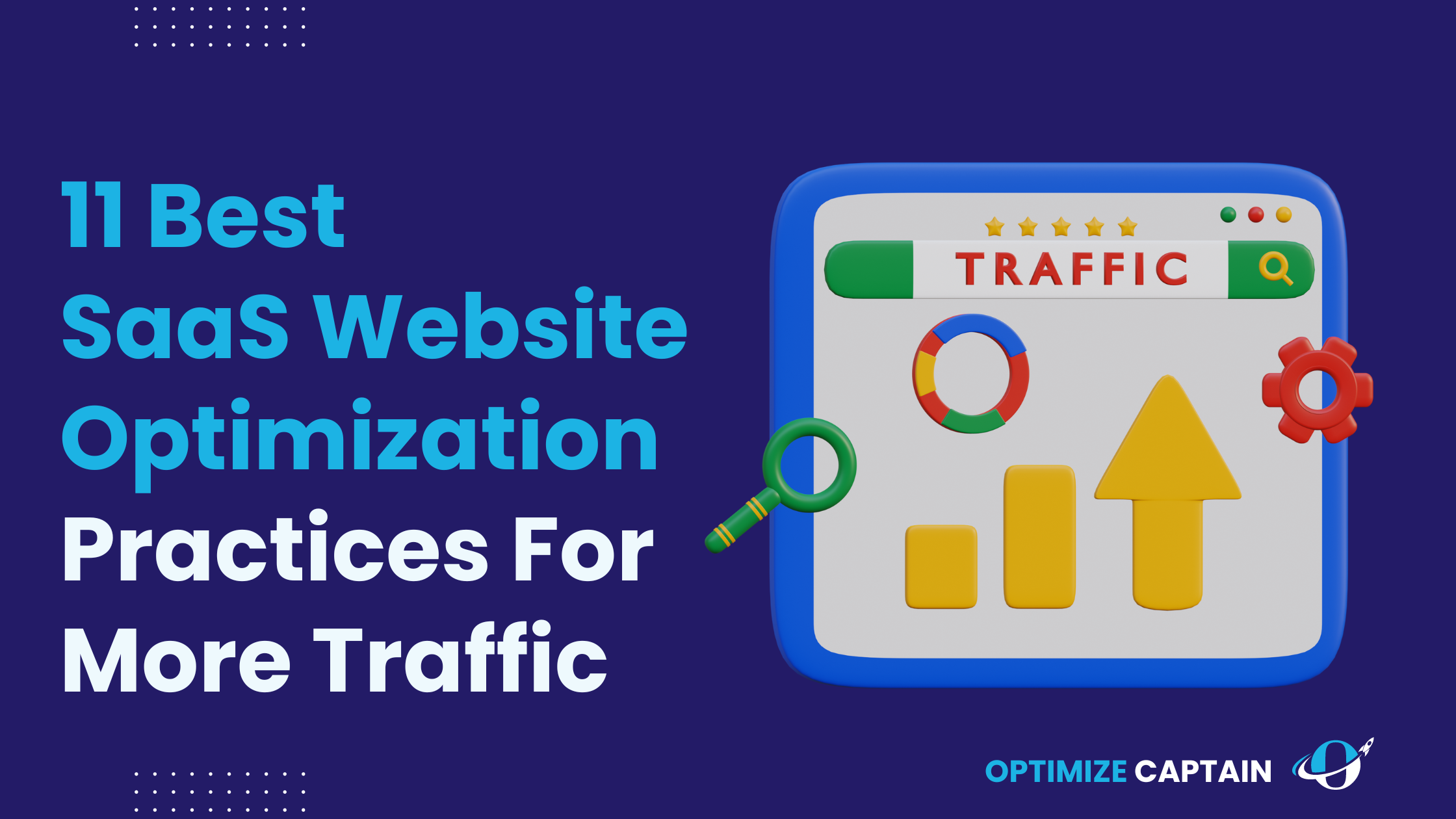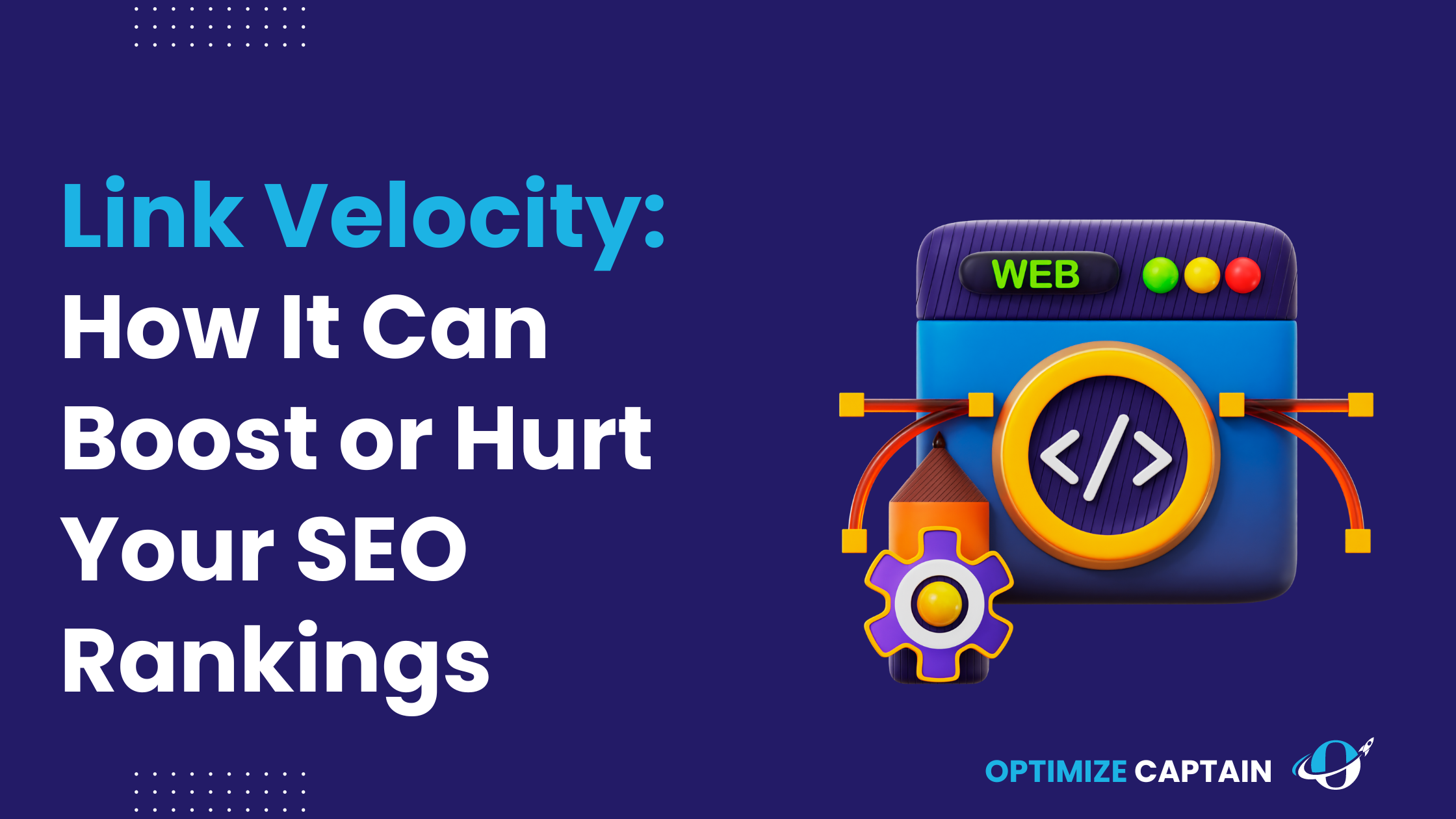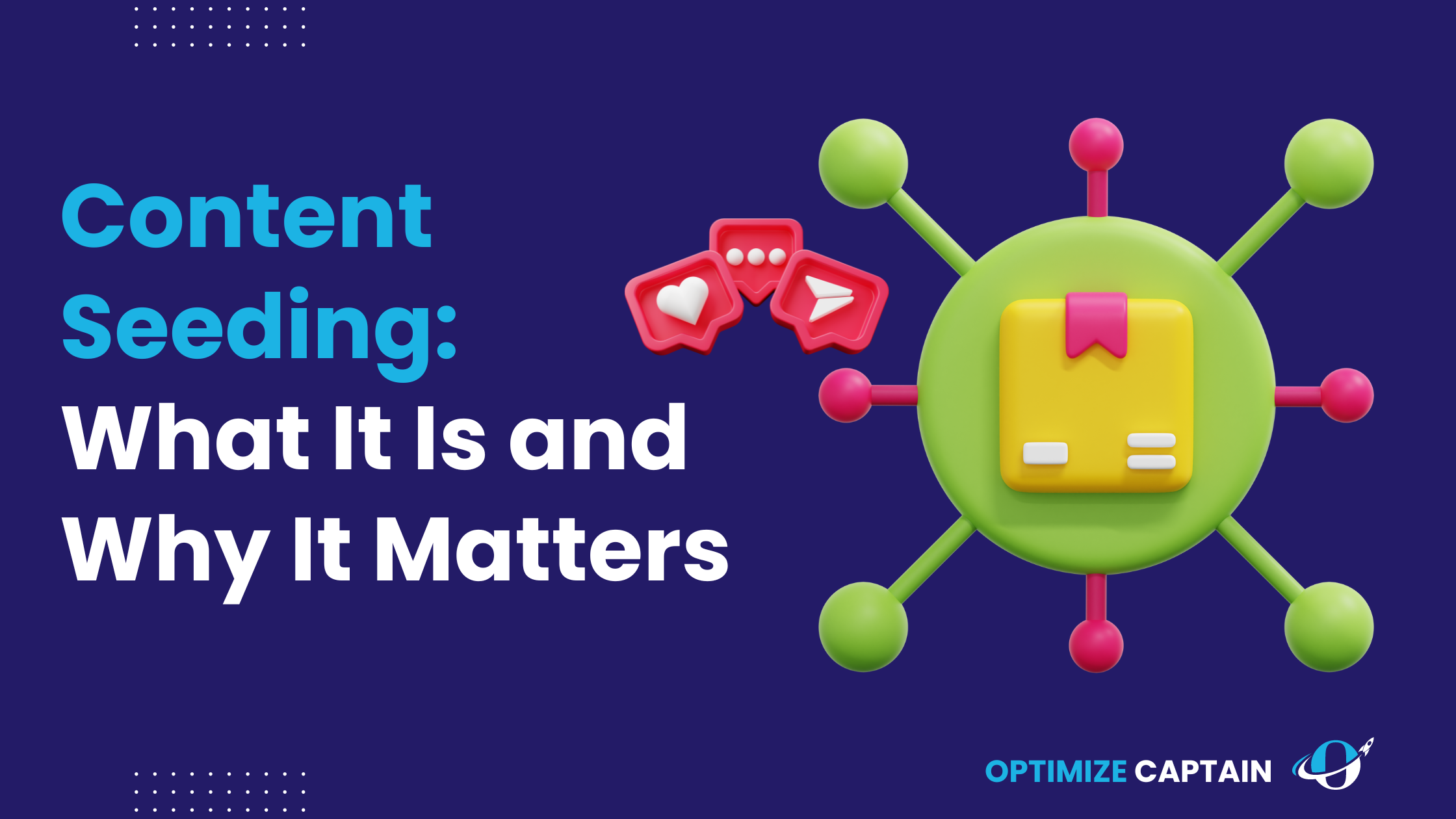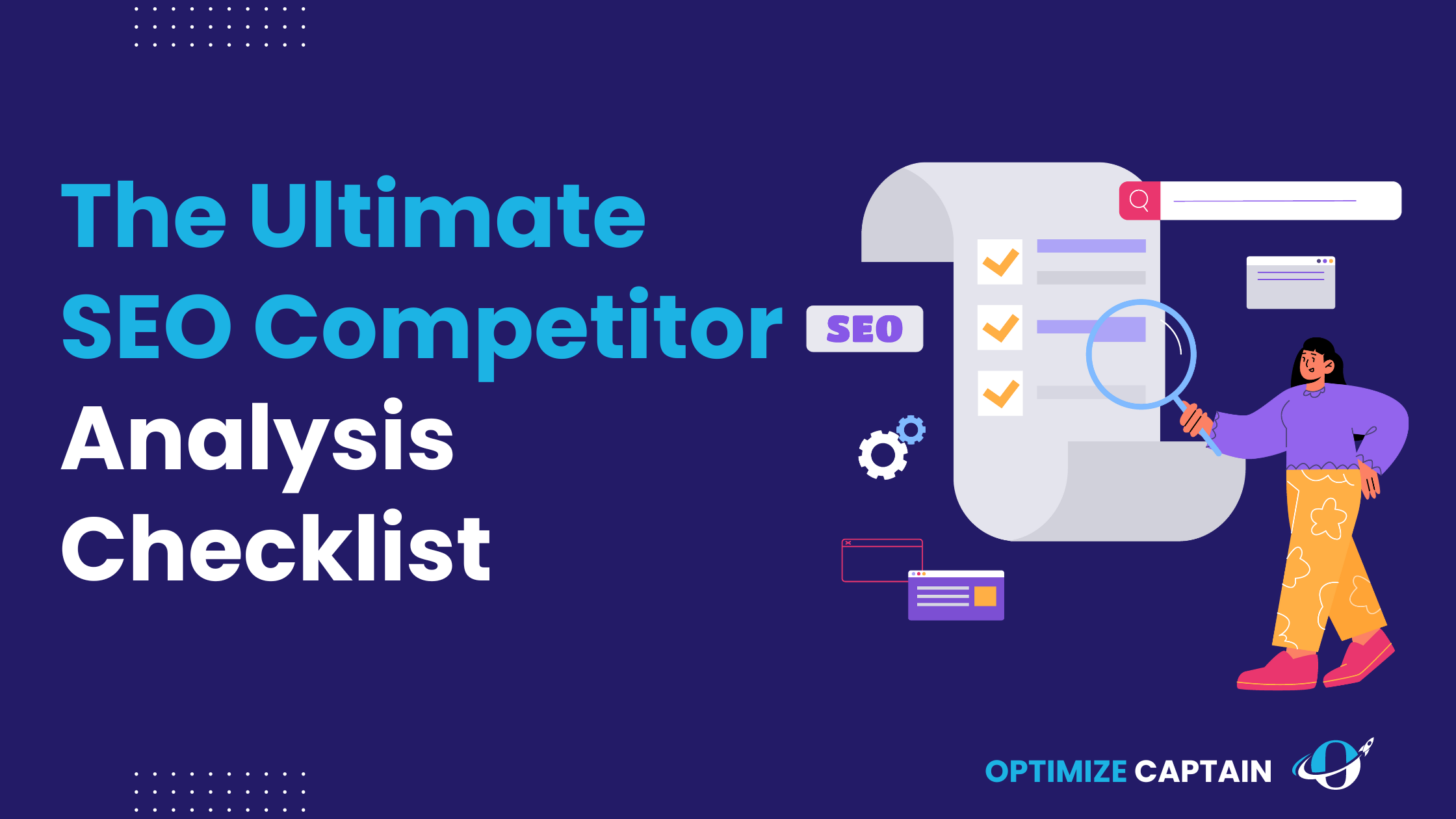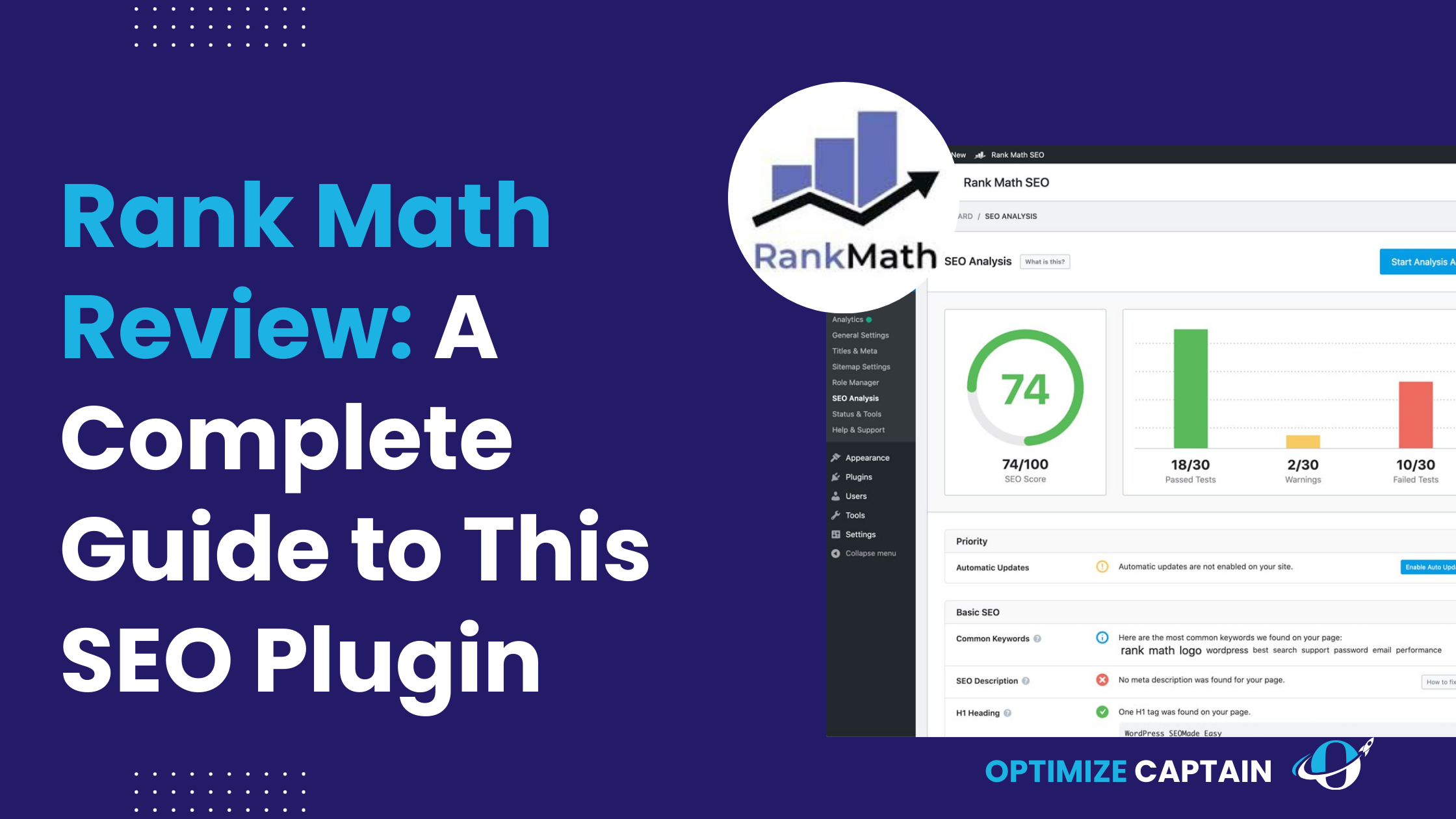Hey, did you know that people interact with information above and below the fold on a web page very differently? There’s an 84% average difference! This shows how important it is to have a well-designed, user-friendly website.
Your website is like the face of your SaaS product, and it’s super essential for getting people actually to sign up or make a purchase.
If you don’t optimize it, it’s like playing the business game in hard mode—struggling to get people interested and to buy your product. Your website needs to clearly show off your product’s value and lead visitors to become customers.
It doesn’t matter if you’re targeting big companies or everyday users, having a great layout, excellent content, and strategic calls to action is key to making your SaaS website extremely effective
This guide has ten awesome tips for improving your SaaS website so you can give people a user experience that really delivers results.
11 Best SaaS Website Optimization Practices
1. Craft a Compelling Hero Section
The hero section is the first thing visitors see. It needs to be visually appealing and convey your value proposition. A well-crafted hero section can significantly impact your bounce rate and engagement levels.
According to a study by Nielsen Norman Group, users often leave web pages in 10-20 seconds, but pages with a clear value proposition can hold attention longer.
Key Elements:
- Bold Headline: Clearly state your main benefit. For instance, Slack uses “Made for People” to communicate its value quickly. This headline is compelling because it directly addresses the user, creating an immediate connection and highlighting the product’s focus on user experience and productivity.
A bold headline is crucial because it grabs attention and communicates the primary benefit of your product. It sets the tone for the rest of the page and encourages users to explore further. A headline like “Made for People” emphasizes Slack’s dedication to enhancing team collaboration and productivity.
- Subheadline: Add context or a secondary benefit to reinforce the primary message.
- CTA: Use a contrasting button with clear text like “Get Started” to drive action. The CTA is prominently placed to encourage user engagement.
- Visuals: Include engaging images or videos to capture attention. Slack uses a clean, visually appealing layout with illustrations that show how their product integrates into daily workflows.
2. Simplify Navigation
A simple, intuitive navigation menu helps visitors find information quickly. Limit the number of menu items and use clear, descriptive labels. Implement a sticky menu that remains visible as users scroll.
Navigation Tips:
- Limit Menu Items: To reduce clutter, focus on the most important pages. Slack’s navigation is concise, featuring essential links like “Features,” “Pricing,” “Enterprise,” and “Resources.”
- Descriptive Labels: Use clear and concise labels. Slack uses straightforward terms like “Why Slack?” and “Solutions” to guide users.
- Sticky Menu: Keep the menu accessible as users scroll, improving user experience on long pages.
3. Leverage Social Proof
Social proof builds trust, such as customer testimonials, reviews, and case studies. Highlight positive feedback prominently on your homepage and other key pages. Include customer logos, success stories, and quantitative data like user numbers or growth percentages.
Social Proof Elements:
- Testimonials: Use quotes from satisfied customers to build credibility. For example, Slack features testimonials from significant companies like Target and Intuit.
- Customer Logos: Showcase well-known clients to demonstrate your market reach. Slack displays logos from prominent clients such as IBM, Airbnb, and Oracle.
- Case Studies: Provide detailed success stories to highlight the effectiveness of your product. Slack’s website includes in-depth case studies showing how different companies use their platform.
- Statistics: Highlight impressive numbers to reinforce trust. Slack emphasizes metrics like “10+ million daily active users” and “paid users in over 150 countries.”
4. Optimize Your Pricing Page
Your pricing page should be straightforward and persuasive. Display pricing tiers, briefly describe each plan’s features, and highlight the most popular option. Use a contrasting CTA colour and ensure the page is mobile-friendly.
Pricing Page Tips:
- Clear Pricing Tiers: Simplify the pricing structure to help visitors quickly compare and choose a plan. Mailchimp’s pricing page is an excellent example of simplicity and clarity.
- Feature Descriptions: Provide brief but informative descriptions of each plan’s features. Dropbox lists each plan’s features.
- Highlight Popular Plans: Use visual elements to highlight the recommended or most popular plan. For instance, highlighting the “Standard” plan with a different colour or label.
- Mobile Optimization: Ensure the pricing page is responsive and easy to navigate on mobile devices. Statista reports that in 2021, 54.8% of global website traffic was from mobile devices.
- Interactive Elements: Consider adding tools that help users determine the best plan based on their needs. Intercom’s pricing page includes a tool to help users select a plan based on their specific requirements.
5. Use High-Quality Visuals
High-quality images and videos can significantly enhance user experience. Use visuals to explain complex concepts, showcase product features, and guide users through the site. Ensure images are optimized for fast loading times.
Visual Strategies:
- Explainer Videos: Use videos to demonstrate key features. According to Wyzowl, 84% of people are convinced to buy a product or service by watching a brand’s video.
- Product Screenshots: Provide clear images of your software. Asana’s features page uses screenshots to show how its project management tool works.
- User-Friendly Design: Make visuals easy to understand and navigate. Use icons and illustrations to break down complex information.
- Optimization: Compress images for faster load times. According to Google, 53% of mobile users leave a site that takes longer than three seconds to load.
6. Implement Strong CTAs
CTAs are crucial for driving conversions. Use clear, action-oriented language and place CTAs strategically throughout your site. Experiment with different colours and placements to see what works best.
CTA Best Practices:
- Action-Oriented Text: Use phrases like “Get Started” or “Try for Free.” HubSpot’s “Get Started Free” is a prime example.
- Contrasting Colors: Make CTAs stand out visually. Spotify uses a bright green button for its “Get Spotify Free” CTA.
- Strategic Placement: Place CTAs in high-visibility areas, above the fold and at the end of each section.
- A/B Testing: Test different variations to optimize performance. Unbounce found that A/B testing CTAs can increase conversions by 49%.
7. Content Optimization
Content is king in SaaS website optimization. High-quality, relevant content engages your audience and improves your SEO ranking. Ensure your content is well-structured, informative, and aligned with user intent.
Content Strategies:
- Create Valuable Content: Develop content that addresses your audience’s pain points and provides solutions. For example, blog posts, whitepapers, and eBooks that offer deep insights into industry trends.
- Use Clear, Concise Language: Avoid jargon and keep your content easy to read. Tools like the Hemingway App can help make your writing clear and bold.
- F-Shaped Pattern: Write content in an F-shaped pattern to make it scannable. Nielsen Norman Group found that users read web content in an F-shaped pattern.
- Storytelling: Use storytelling to make your users the hero. Instead of saying, “Our product has feature X,” say, “With feature X, you can achieve Y.”
- Update Regularly: Keep your content fresh and up-to-date. Regularly update old posts with new information and statistics to maintain relevance.
- Multimedia Integration: Incorporate images, videos, and infographics to make your content more engaging.
8. SEO and Keyword Optimization
SEO and keyword optimization are critical for driving organic traffic to your website. By optimizing your content for search engines, you can improve your visibility and attract more visitors.
SEO Strategies:
- Keyword Research: Using tools like Google Keyword Planner or Ahrefs, identify your business’s most relevant keywords. Focus on long-tail keywords that match user intent.
- On-Page SEO: Optimize your content with the right keywords, meta tags, headers, and alt texts for images. Moz’s On-Page SEO Checklist is a great resource.
- Technical SEO: Ensure your website is technically sound with fast load times, mobile optimization, and secure HTTPS connections.
- Link Building: Build high-quality backlinks to improve your domain authority. Guest blogging and partnerships with industry influencers can help.
- Monitor and Adjust: Use tools like Google Analytics and Search Console to track your performance and make necessary adjustments.
9. Feature Page Optimization
Feature pages should provide an in-depth look at your product’s capabilities. This is where potential customers go to understand how your product can solve their problems. Make your features benefit-driven and easy to navigate.
Key Elements:
- Dynamic Previews: Use images, GIFs, or videos to showcase features. This visual engagement helps potential customers understand your product’s functionality and ease of use.
- Clear Descriptions: Provide concise explanations of each feature.
- User Benefits: Highlight the benefits of each feature, translating technical details into user advantages.
Practical Implementation:
- Preview and Description: Show how each feature works through images or videos alongside clear descriptions. For example, Slack’s features page includes GIFs showing how different functionalities work.
10. Optimize Your Layout
The layout of your SaaS website is crucial for providing a seamless user experience. A well-structured layout can effortlessly guide visitors through your site, improving engagement and conversions. Conversely, a poorly organized layout can frustrate users and lead to higher bounce rates.
Critical Elements of an Optimized Layout:
- Logical Flow: Your website should have a logical flow that guides users from one section to another naturally. Start with a compelling hero section, followed by features, benefits, pricing, and finally, a strong call to action (CTA).
- Visual Hierarchy: Use size, colour, and placement to create a visual hierarchy. Essential elements like CTAs and critical messages should stand out.
- Whitespace: Adequate whitespace helps to avoid clutter and makes your content more readable. It also helps to highlight essential elements on your page.
- Consistency: Maintain consistency in design elements such as fonts, colors, and button styles to create a cohesive user experience.
- Mobile Responsiveness: Ensure your layout is responsive and looks great on all devices. A significant portion of users will access your site from mobile devices.
Practical Implementation:
- Hero Section: Place your hero section at the top with a bold headline, subheadline, and CTA. Ensure it captures attention and communicates your value proposition.
- Navigation: Keep the navigation menu simple and sticky to remain accessible as users scroll.
- Feature Sections: Display features using a grid layout or horizontal scroll. Include visuals like images or GIFs next to brief, benefit-driven descriptions.
- Testimonials and Social Proof: Integrate testimonials and logos of clients or partners within the layout to build trust.
- Footer: Include essential links, contact information, and secondary CTAs in a structured layout at the footer.
11. Optimize Your Footer
The footer is often overlooked but can be valuable to your website. Include essential links, contact information, and secondary CTAs. Consider adding social media icons and a newsletter signup form.
Footer Components:
- Essential Links: Include links to important pages like Privacy Policy and Terms of Service.
- Contact Information: Provide ways to get in touch.
- Secondary CTAs: Add a CTA for newsletter signup or free trials.
- Social Media Icons: Link to your social media profiles.
Practical Implementation:
- Structured Layout: Divide the footer into sections for easy navigation. For instance, Google’s footer includes the About, Advertising, Business, and Privacy sections.
- Newsletter Signup: Place a simple signup form for newsletters to capture leads. HubSpot’s footer includes a “Subscribe to our Blog” form.
Final Word
SaaS website optimization is crucial for driving conversions and achieving growth. By focusing on critical elements like the hero section, navigation, social proof, pricing page, visuals, CTAs, content optimization, SEO, feature page, and footer, you can create a website that attracts visitors and converts them into loyal customers. Implement these best practices and watch your conversion rates soar.
FAQ’s
1. Why is website optimization important for SaaS companies?
Website optimization is vital for SaaS companies as it directly impacts conversion rates, customer retention, and overall growth. A well-optimized site ensures a seamless user experience, making it easier for visitors to become paying customers.
2. What is the role of visuals in SaaS website optimization?
Visuals play a crucial role in helping potential customers understand your product. High-quality screenshots, product tours, and animations can significantly enhance user experience and increase conversion rates.
3. How can I make my SaaS website more scannable?
To make your website more scannable, use a clear hierarchy with essential points first, different font types and sizes, bold, essential phrases, and bullet points. This approach helps visitors quickly find the information they need.
4. What are low, medium, and high commitment conversions?
Low-commitment conversions include actions like signing up for newsletters or downloading resources. Medium-commitment conversions involve attending webinars or using tools. High-commitment conversions include trials or demos of your product.
5. How should I design my pricing page?
Your pricing page should display the benefits of each package, organize prices from low to high, and use a contrasting CTA colour. Highlighting a package and keeping the layout simple and clean can also help improve conversions.
By following these best practices, your SaaS website will be well-equipped to attract and convert visitors, ultimately driving your business’s success.

